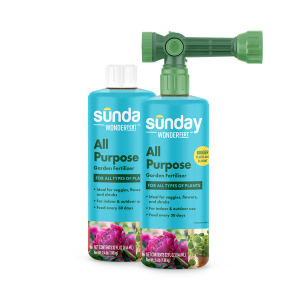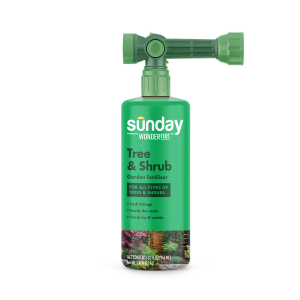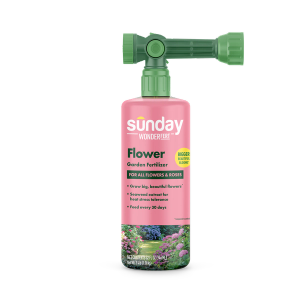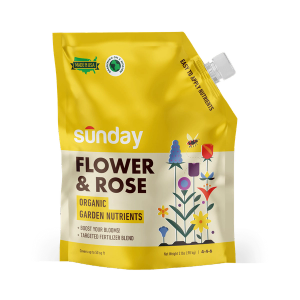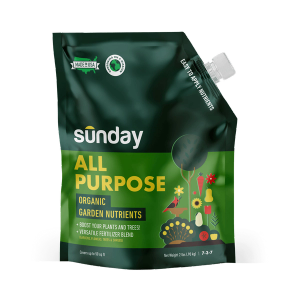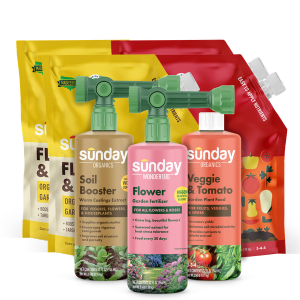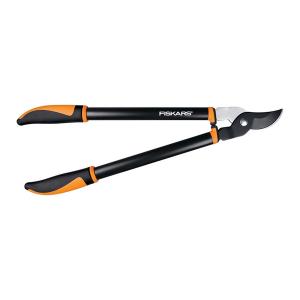What are summer bulbs?
What we think of as “bulbs” includes true bulbs, as well as tubers and rhizomes. Summer bulbs should be planted in spring after the last frost—these bulbs are non-hardy and can’t withstand cold temperatures.
When to plant
Plant summer bulbs in spring, after the last frost. Not sure when that is? Visit the Farmer' Almanac to look up your first and last frost dates!
How to plant
Ready to get your hands dirty? Refer to your bulb package for species-specific instructions, but here are some general planting guidelines:
Pick a spot
Choose a spot that gets full sun or partial shade (4+ hours of sunlight per day).

Prep the soil
You can dig individual holes for each bulb or, if you are mass planting, you can loosen all the soil where you are planting multiple bulbs. Alternatively, you can plant your bulbs in a container.

Add fertilizer
If desired, add nutrients like Flower & Rose Organic Garden Nutrients. For individual bulbs, sprinkle about 1 teaspoon of food mix into the bottom of the hole before placing the bulb. For mass planting, mix 1 cup of food mix per 25 sq. ft. of soil.

Sunday Tip:
When measuring fertilizer, do not use measuring utensils that will be used for human food.
Place your bulbs
Refer to your bulb package for planting depth—all varieties are slightly different. Place them pointed side up, then cover with soil. Water generously.

Planting layout suggestions
- Single species: We recommend drifts or clusters. If you plant in straight rows, you may be disappointed when bulbs grow sideways or produce offshoots.
- Mixed plantings: For a more natural look, you can randomly scatter a handful of bulbs and plant them where they land. Alternatively, you can stagger drifts with taller plants in the back and shorter ones in the front.
How to care for your bulbs
Water
Give bulbs a drink immediately after planting. Water regularly to keep the soil moist. Don’t overwater—soggy soil can cause bulbs to rot.
Fertilizer
If desired, you can feed your bulbs again every 4-6 weeks once shoots appear. Avoid fertilizing when bulbs are flowering as this can reduce bloom time.
Foliage
Don’t cut that fading foliage! Let it turn yellow and die back naturally so all those nutrients can be reabsorbed by the bulb to store as energy for next year.
How to store fall bulbs
If winter is mild and short in your region (warm southern climates), summer bulbs can remain in the ground. For most places though, you’ll need to dig up summer bulbs in the fall before the first frost. Clean soil off the bulbs, then dry for at least 3 days in 60-70ºF temperatures away from direct sun. Store bulbs during winter in a cool (but not cold), dark location (like a garage) to protect the bulbs from freezing. Bulbs can be replanted the following spring. Bulbs that are planted in containers can be moved indoors during the winter.
Sunday Tip:
Lilies don’t need to be dug up! They will persist from year to year in most regions of the U.S.



